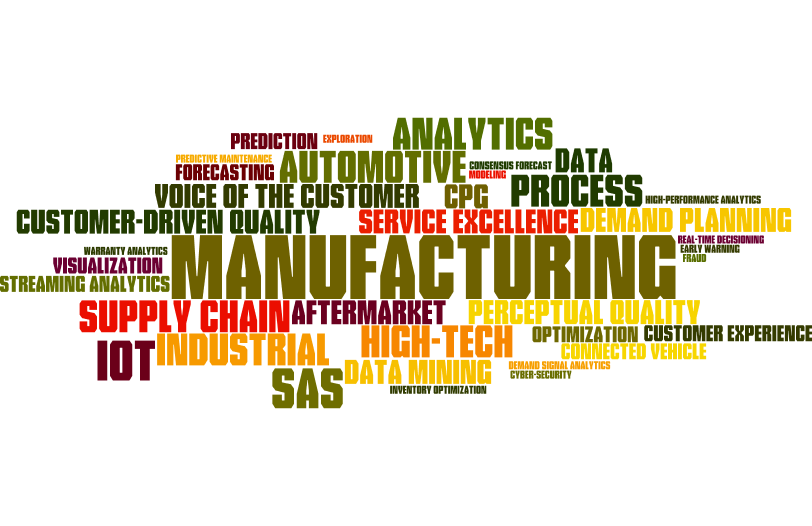
Do you hear voices? I sure hope so. I’m not talking about the ones associated with psychiatric disorders or medical conditions, but the voices of quality. To compare the two for a just a moment, the medical description from HealthGrades explains that auditory hallucinations can be pleasant or threatening and










































